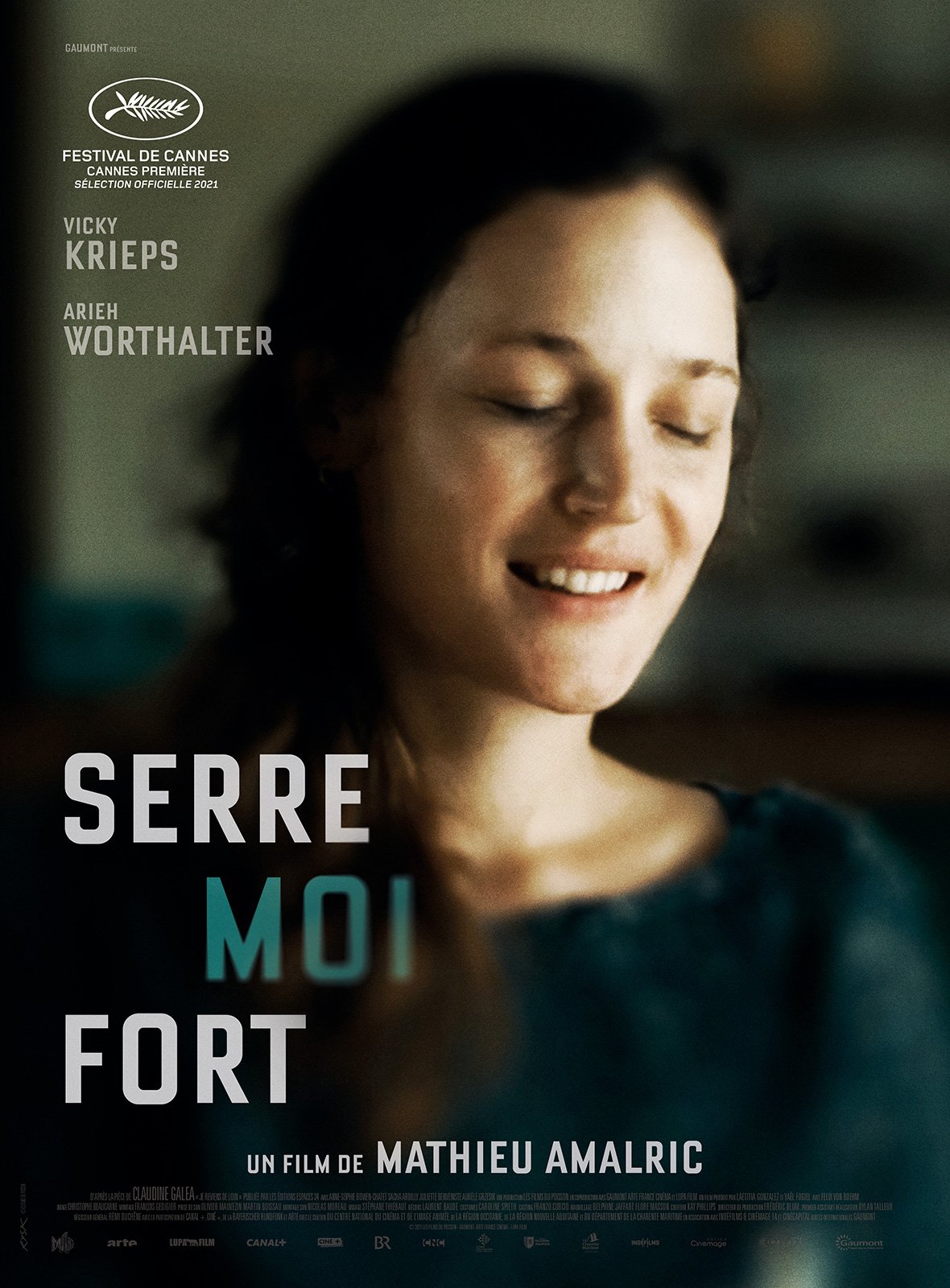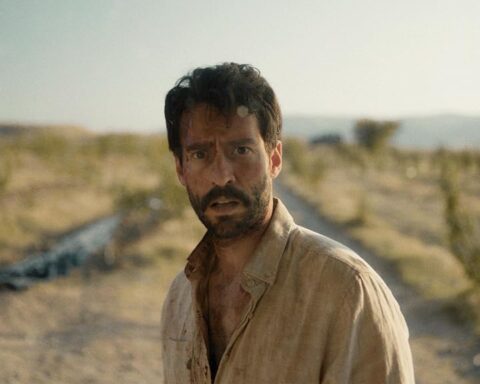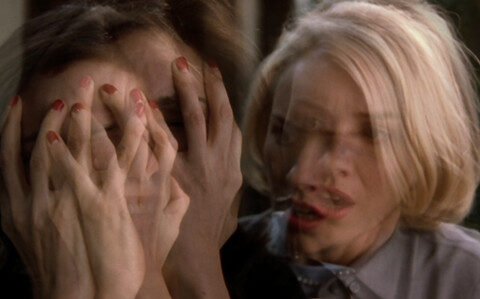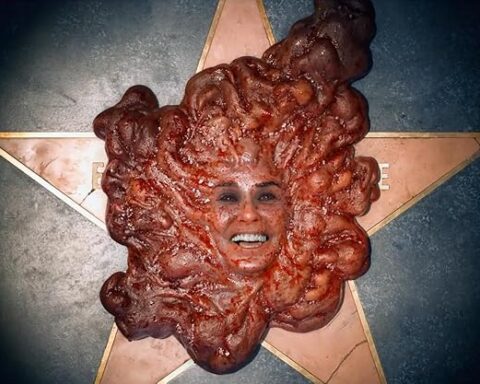Serre Moi Fort (2021)
Serre moi fort (Hold Me Tight), which was screened in the Cannes Premier section in 2021 and appeared in many important film festivals such as Rotterdam, Vienna, Brussels, Hamburg and Busan, is the 5th feature drama of Mathieu Amalric, who we know as the leading actor of The Diving Bell and the Butterfly.. The director is winner of 7 awards already, among them was Un Certain Regard at the Cannes Film Festival with Barbara in 2017. He looks quite ambitious with his new movie Serre moi fort, which he adapted from Claudine Galera’s play ‘I’m Coming Back from Afar’.
We meet Clarisse in the opening scene where she tries to match the pairs of Polaroids that are lined up on the bed. She seems unsettled by the memories triggered by the photographs, thus the film gives the audience the first clues about the possible problem.
Clarisse wakes up early, tidies up the house, takes some of her belongings, and leaves the house, abandoning her husband and two children asleep. The only person who seems to be aware of what is happening is her daughter, Lucie. Jumping into her car, Clarisse is speeding towards her own freedom, and it seems that the route of this journey that she took without looking back is not very clear. So far, the expectation of the audience may be a “a feminist movie in the pursuit of freedom”, but is this really what it is? Moreover, she has not got over her husband and two children yet, who are trying to continue their lives at home in her absence. Clarisse, who seems to be adjusting to her new life as the story constantly travels in time, does not actually neglect to whisper words of love and good parenting advice in her husband’s ear. She accompanies her pianist daughter Lucie in every piece she plays (by switching between scenes with the l-cut method). So, let’s consider the situation again, what could be the reason that compels such a caring and loving woman to leave her family all of a sudden?
The question of “what really happened” will be questioned until the end of the movie, but it will not find an answer till the end. “I am not the one who left.” This is the only answer that Clarisse could give us to hush the queries that arise in our minds. At the same time, she keeps her distance with the audience throughout the film, thus destroying the possibility of identification; but neither is Clarisse an anti-hero, nor is the event a one-dimensional one. We will often see her go through a border crisis; she gets drunk at the bar and distributes it, and in the market she slumps, covering his face on an ice-filled counter. This injured character, represented by her physical demeanor, adds another dimension to the narrative and convinces the audience that there is more to it than meets the eye (it should be underlined that Vicky Krieps’ acting plays a big part here). In this context, it would not be wrong to say that this scene is the metonymy of the movie. Still, as an alienating act in its postmodern narrative, the film, which constantly jumps back and forth in the story, moves away from the narrative momentum. The film defiantly watches Deluze in a timeless space and constructs an uncanny or metaphysical world in the film.
From this point on, the active audience realizes that they need to make more efforts to combine the clues about the past and the future in this non-linear story. The mainstream audience on the other hand, who is prepared to consume the story presented here as a piece of cake, may have found the film too “disconnected”. In the end it is inevitable that cinephiles will focus more and more on the film in this stream of consciousness with the increasing dose of tension and mystery.
The traumatic nature of the event, which has not yet come to light, refuses to overwhelm the audience with emotion, on the contrary, the audience now has a puzzle that needs to be solved by challenging their minds a bit more. Although this process may seem like a forced intellectual effort, as the audience accompanies Clarisse on her journey, it gives the audience a good dose of emotion by discovering her character. In fact, fragile and delicate, Clarisse manages to keep the audience in her own orbit with her dreams and regrets, successes and failures in a unique way.
(Spoiler alert
The story is slowly unraveled when it comes to the third chapter, that was told in parts during the previous two chapters. There is no escape for Clarisse anymore, she has completed the run-or-fight phase in the rehabilitation process. Now is the time to face; Carisse has to say goodbye to her lost family in order to move on with her life. In this process, she bids her farewell with a devastating catharsis scene and transitions to the “real” dimension of his story, both temporally and spatially. The audience, who has already experienced the emotional tides throughout the film, bids farewell to the film with Clarisse’s wry smile, probably accompanied by a survival instinct.
(end of spoiler)
Serre Moi Fort can be seen in close proximity to many movies about coping with loss (don’t you think at the first glance – Blue – Julie drinking a bottle of pills?). However, it can be said that it adds another dimension to the drama genre with its closed narrative and original form that keeps the mystery in the foreground. Serre Moi Fort is sure to satisfy its audience as a cinematic enigma, thanks to successful acting, skillfully framed compositions and a riddle-free montage.
Where did I see it: Films by The Sea IFF, Vlissingen, The Netherlands
Nil Birinci







